© Hardt Hyperloop
The European Hyperloop Development Program (EHDP) is an exciting project aimed at transforming how we travel across Europe. This concept, which gained traction thanks to Elon Musk in 2013, envisions a cutting-edge transportation system that could offer remarkable speed, efficiency, and eco-friendliness.
Imagine a transport system that whisks passengers and goods through low-pressure tubes using magnetic levitation. It combines the quickness of flying with the energy-saving benefits and ease of train travel. With the potential to link major European cities in just three hours, the hyperloop could significantly enhance regional connectivity.
At its core, the hyperloop operates on a simple but revolutionary idea: minimising air resistance and friction to reach incredible speeds. Passengers or cargo are carried in pods that glide through sealed vacuum tubes, thanks to maglev technology. This innovative approach tackles the inefficiencies seen in traditional rail and air travel, allowing for speeds that can exceed 1,000 km/h.
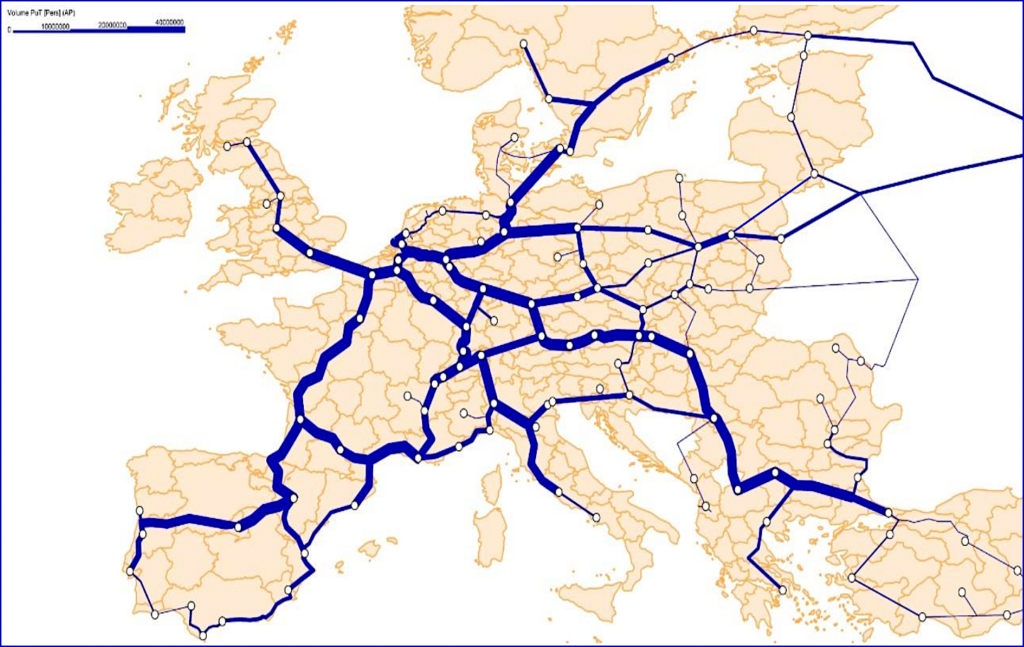
Hyperloop technology comes with several key benefits:
- Speed: Imagine traveling between major cities in just minutes instead of hours.
- Energy Efficiency: This system runs on renewable energy, aiming for a minimal carbon footprint.
- Capacity: With frequent pods and smooth connections, hyperloop can easily meet growing transportation needs.
- Safety: Thanks to automated systems and its enclosed design, risks from weather or human error are significantly reduced.
The European Hyperloop Development Program (EHDP) was launched to tap into Europe’s innovative spirit and tackle its specific transportation challenges. As the European Union works towards carbon neutrality by 2050, sustainable transport has become a key focus. The hyperloop fits perfectly into this vision, promising zero-emission travel.
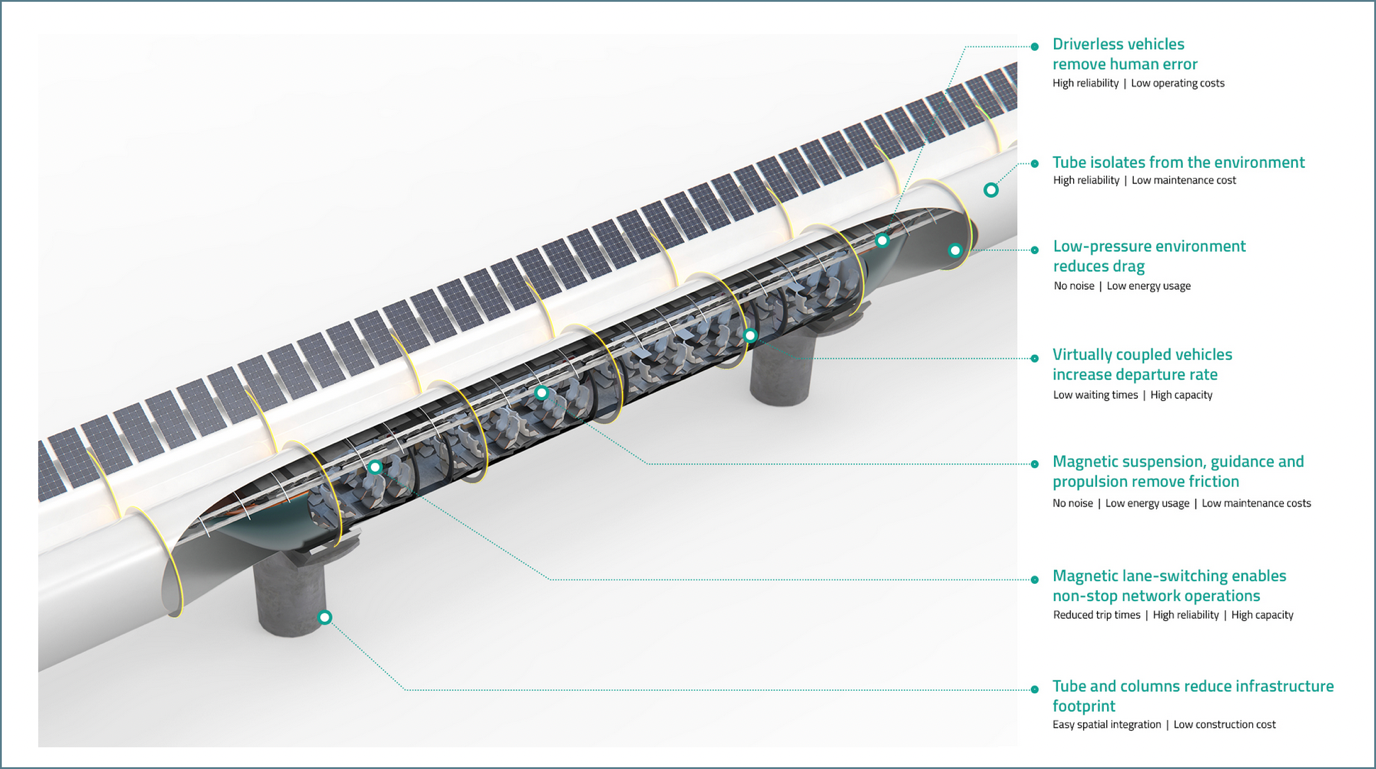
The programme brings together a variety of stakeholders, including government bodies at both national and EU levels, which provide the necessary regulations and funding. Private companies, especially tech firms and startups, are at the forefront of innovation and implementation. Research institutions like universities and think tanks are also involved, conducting feasibility studies and developing new technologies. Additionally, public-private partnerships play a crucial role by pooling resources and expertise.
The goals of the EHDP are both ambitious and attainable, as long as everyone works together effectively. Key objectives include:
- Building Test Tracks: Setting up testing facilities across Europe to assess the technology and infrastructure.
- Standardisation: Creating a unified regulatory framework that allows for interoperability between different member states.
- Commercial Viability: Proving that hyperloop systems are economically feasible to attract investments.
- Integration: Ensuring smooth connections with existing transportation networks, such as rail, air, and road systems.
- Sustainability: Using renewable energy to power the system and incorporating sustainable materials in the construction process.
Several hyperloop test tracks have already been established throughout Europe, each demonstrating different levels of technological progress.
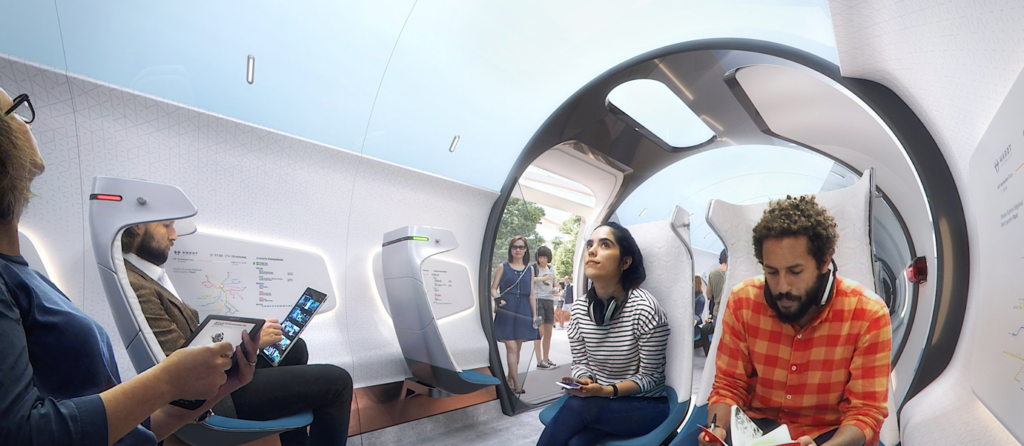
The city of Delft, in the Netherlands, features a 30-metre test track created by Hardt Hyperloop, which showcases impressive lane-switching technology. Over in Toulouse, France, Hyperloop Transportation Technologies (HTT) has set up a research facility that focuses on enhancing passenger experience and safety. Meanwhile, Zeleros, a company based in Valencia, Spain, is working on a scalable model that prioritises cost-effective infrastructure.
One of the key accomplishments of the EHDP has been sparking conversations about regulatory frameworks. In 2021, the European Commission established the Hyperloop Standardisation Committee to tackle issues related to safety, environmental impact, and operational guidelines.
The European Commission is actively backing hyperloop development through various grants and investments from initiatives like Europe’s Rail Joint Undertaking (ERJU), the European Innovation Council (EIC), and the European Institute of Innovation & Technology (EIT).
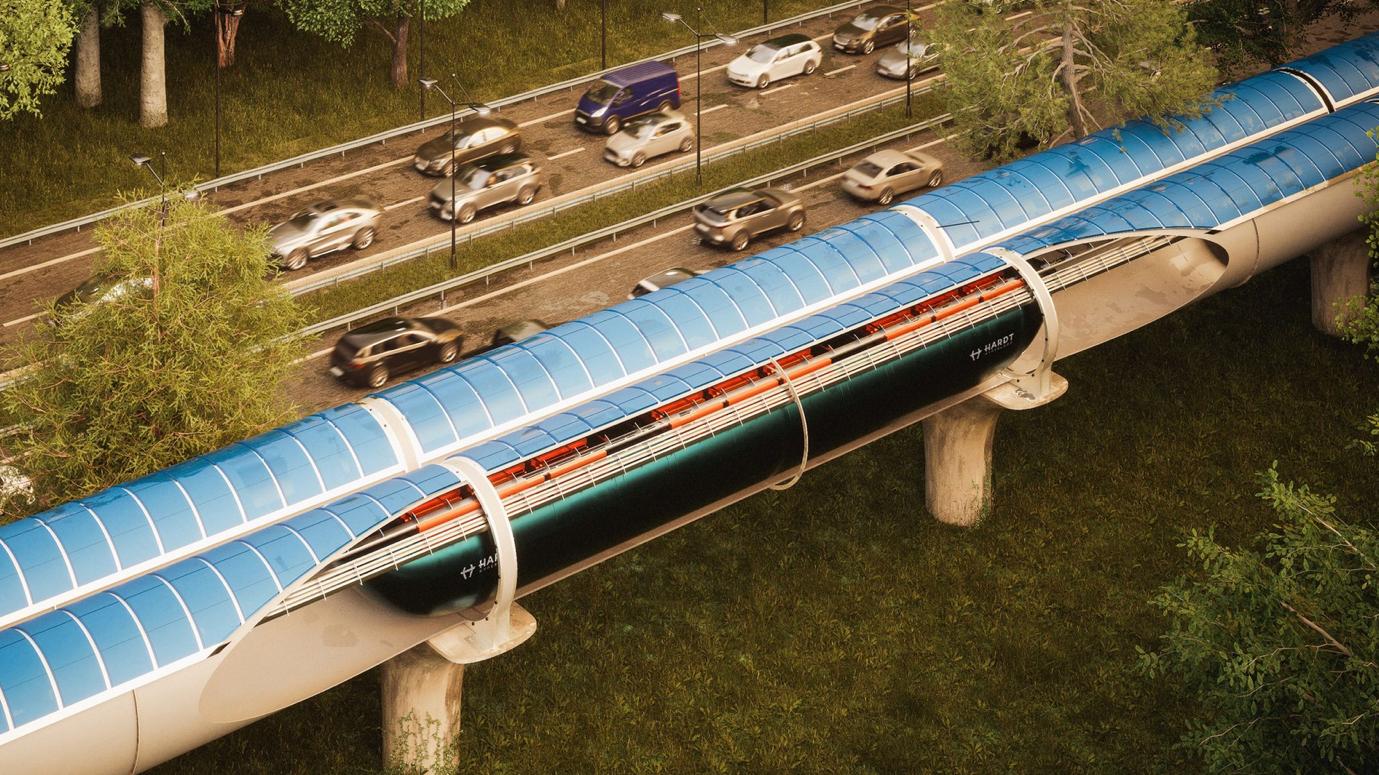
In September 2024, Hardt Hyperloop, a European company focussing on hyperloop technology, achieved a significant milestone at Europe’s Hyperloop centre in Veendam, Netherlands. They successfully completed their first test launch, bringing the dream of travelling between European cities at speeds exceeding 700 kilometres per hour closer to reality. During this test, Hardt’s hyperloop vehicle showcased its traction technologies, including the systems for magnetic levitation, guidance, and propulsion.
Roel van de Pas, the Commercial Director and soon-to-be CEO of Hardt Hyperloop, remarked, “This achievement is a major step toward making hyperloop a reality in Europe and beyond. It’s a crucial move forward as we continue to test other important aspects of the hyperloop, such as cornering, lane-switching, and the ability for hyperloop vehicles to branch in and out, all of which can be explored at the European Hyperloop Center.”
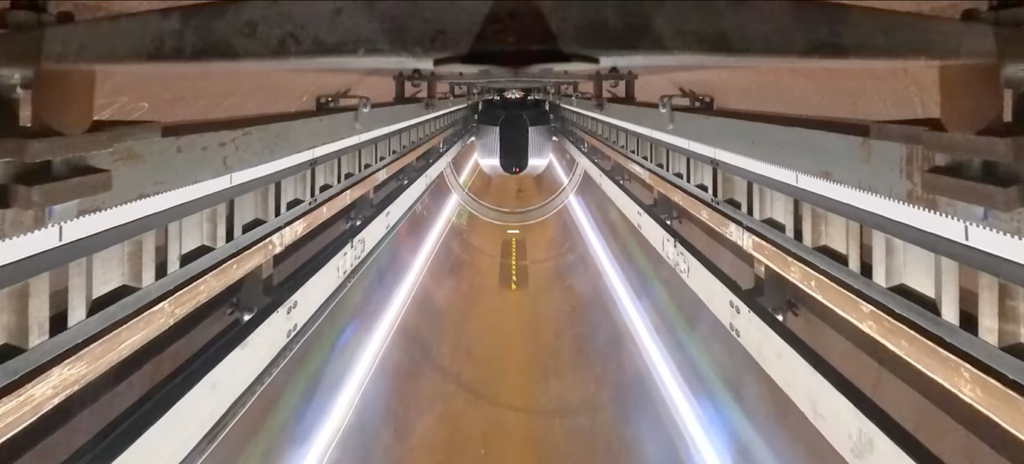
The European Hyperloop Center is an open testing facility featuring 34 interconnected hyperloop tubes, each with a diameter of 2.5 meters. One standout feature is the lane-switch, which is crucial for developing hyperloop networks.
The global interest in hyperloop technology is rapidly growing, with various projects for development and implementation popping up in countries like Germany, Spain, Italy, Switzerland, Turkey, India, and Saudi Arabia. The European Union has recognised the hyperloop as part of its Trans-European Transport Network (TEN-T) agenda, aimed at enhancing connectivity among its member states.

